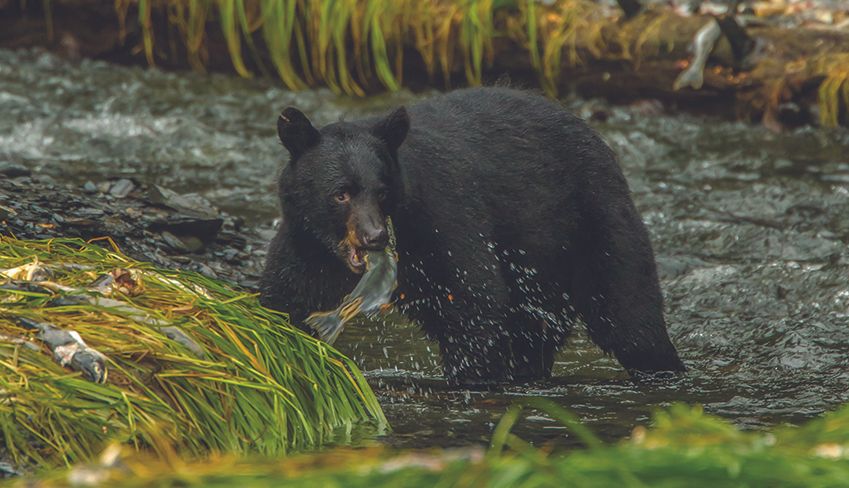Jonesboro, AR – (JonesboroRightNow.com) – Fatal bear attacks and other bear encounters have generated talk in regard to one of the Natural State’s most iconic animals. As folks head to deer camp, it’s good to know many of those camps are located in bear country.
Here is a bit of background on the bear population of Arkansas and a few tips that might help alleviate the chance of having an issue with a bear.
Black bears are native to this state and notes from early explorers and settlers prove that. The black bear was a vital part of our history, providing meat, fat, and fur that met many needs of early settlers. Various bear parts became profitable for trade which led to hunting the animals for market.
This was so prevalent, when Arkansas became a state in 1836, the moniker “The Bear State” became the nickname.
Increasing populations in the state and an increased demand for resources from outside the state led to heavy pressure on most Arkansas wildlife. There were no seasons or limits to provide protection for the bear populations and populations began to dwindle.
By the early 1900’s the population had plummeted to approximately thirty animals statewide.
The Arkansas Game and Fish Commission came into being in 1915 and began to assess and make a plan to bolster the low populations of all species.
Licensing, limits and seasons for most species were implemented. These plans included black bears and, along with strict regulations, restocking began in the 1950’s. Most of the restocking efforts focused on remote areas in the Ozark and Ouachita Mountains.
The bear population responded and by the 1980’s a limited hunting season was opened. Governed by a quota system, bear seasons are now more liberal in date structure and methods allowed. Hunters often take around 700 bears per season off the Arkansas landscape.
Regulated hunting helps control the populations and also helps limit bear/human interactions. But even with hunting, the excellent habitats across the state allow bear numbers to flourish. With a strong population of bears, and humans seeking to enjoy the wildlands, there will be human interaction.
Planning for those interactions is an essential part of any trip into an area that could potentially hold black bears.
Encountering bears
While in the woods, always look ahead on a trail. Check an area for bear sign before setting up camp and be observant of what’s happening nearby. Many confrontations are the result of a surprise encounter with a bear and attentiveness can help limit these situations.
If camping, hunting, or day hiking, limit the scent of food in close proximity to camp. This can be difficult, especially in social gatherings like a deer camp but, with a little thought, the risk can be limited.
Deer camp cookouts provide some great fun, but hot grease also tickles a bear’s nose. Cook away from where anyone will be sleeping, store cooking supplies away from lounging areas, discard trash well away from the camp area, and limit trips outside camp during darkness.
Though bears are most often associated with the Ozark and Ouachita Mountains, deer hunting destinations like White River Refuge and the Gulf Coastal Plain are home to bears and caution should be used in those areas if there is known bear activity.
Like any other wild creature, black bears should be respected, but not feared. Education, planning, and care while in their habitat can reduce the chance for a negative interaction.


